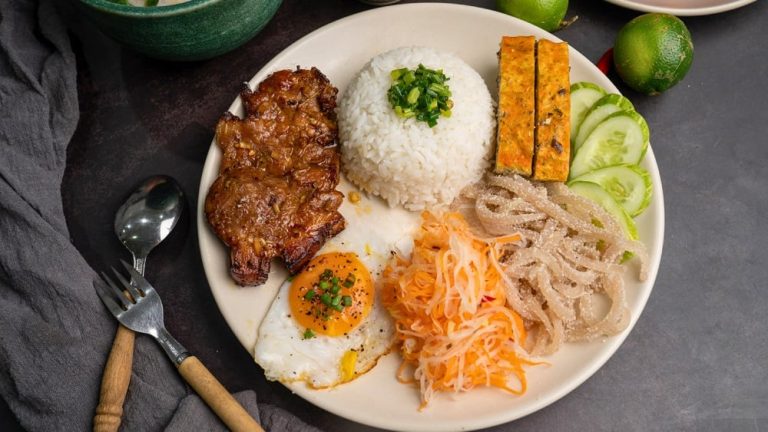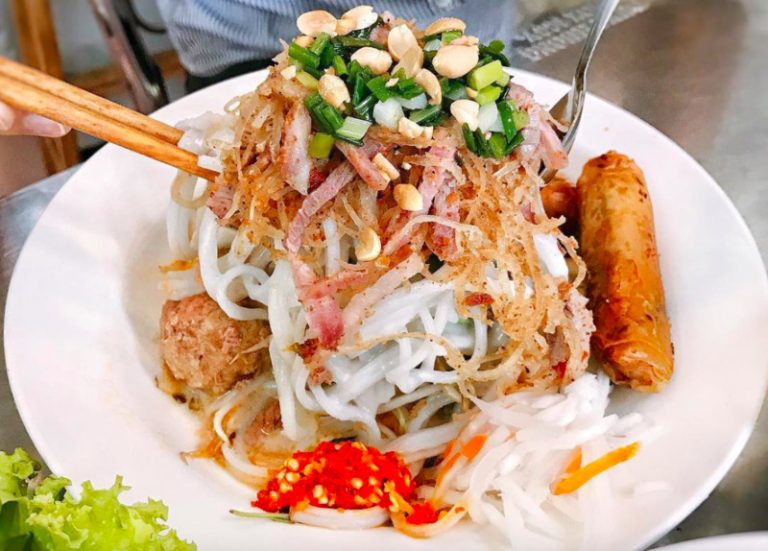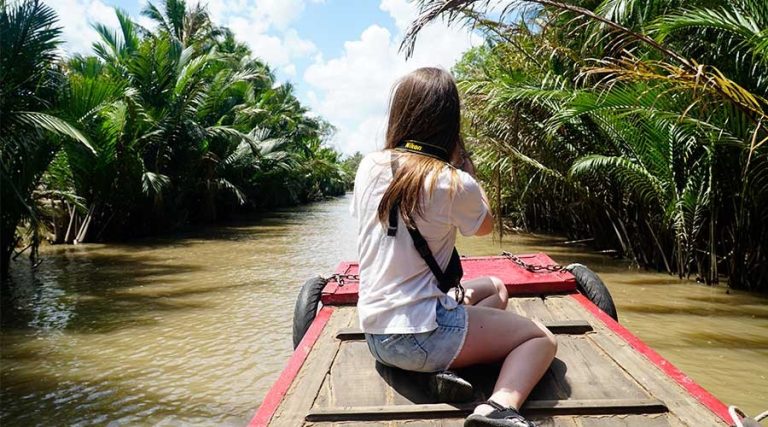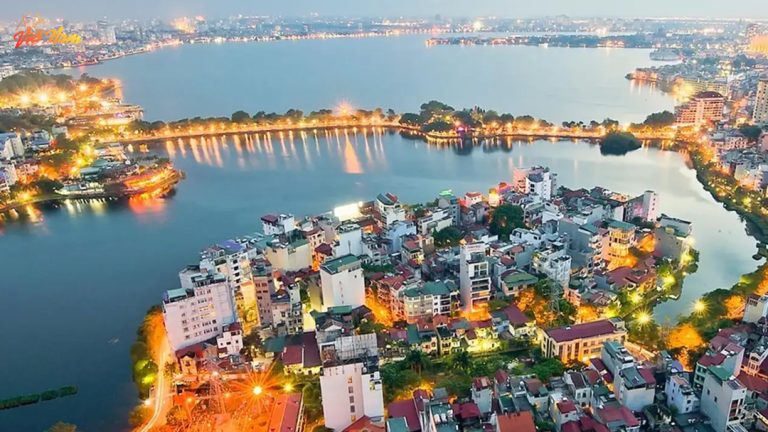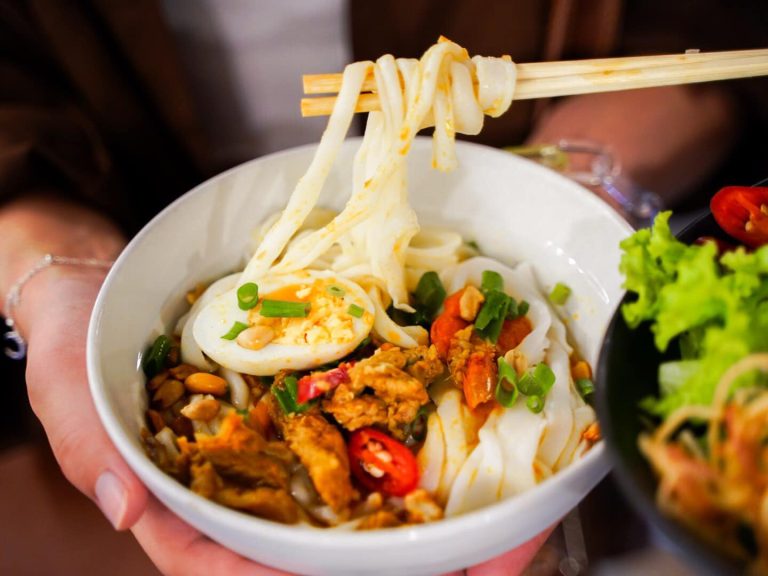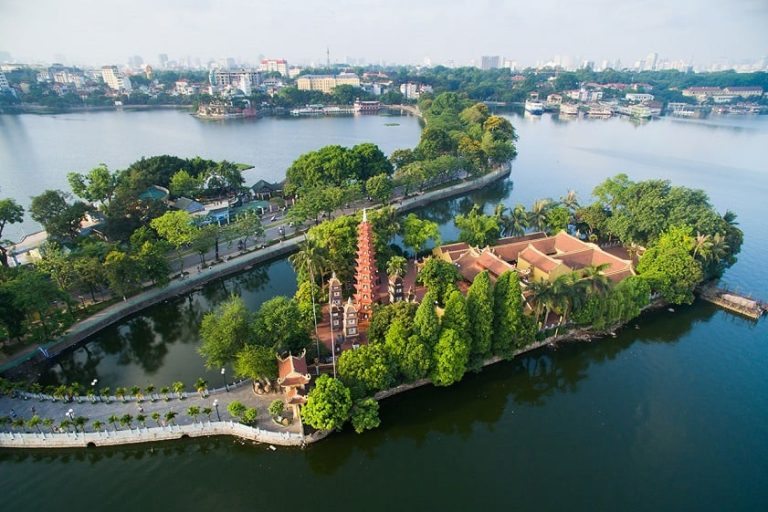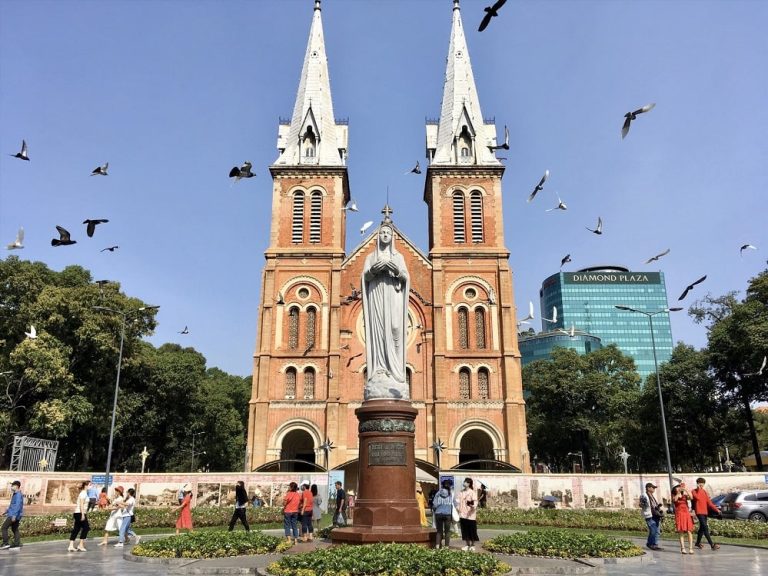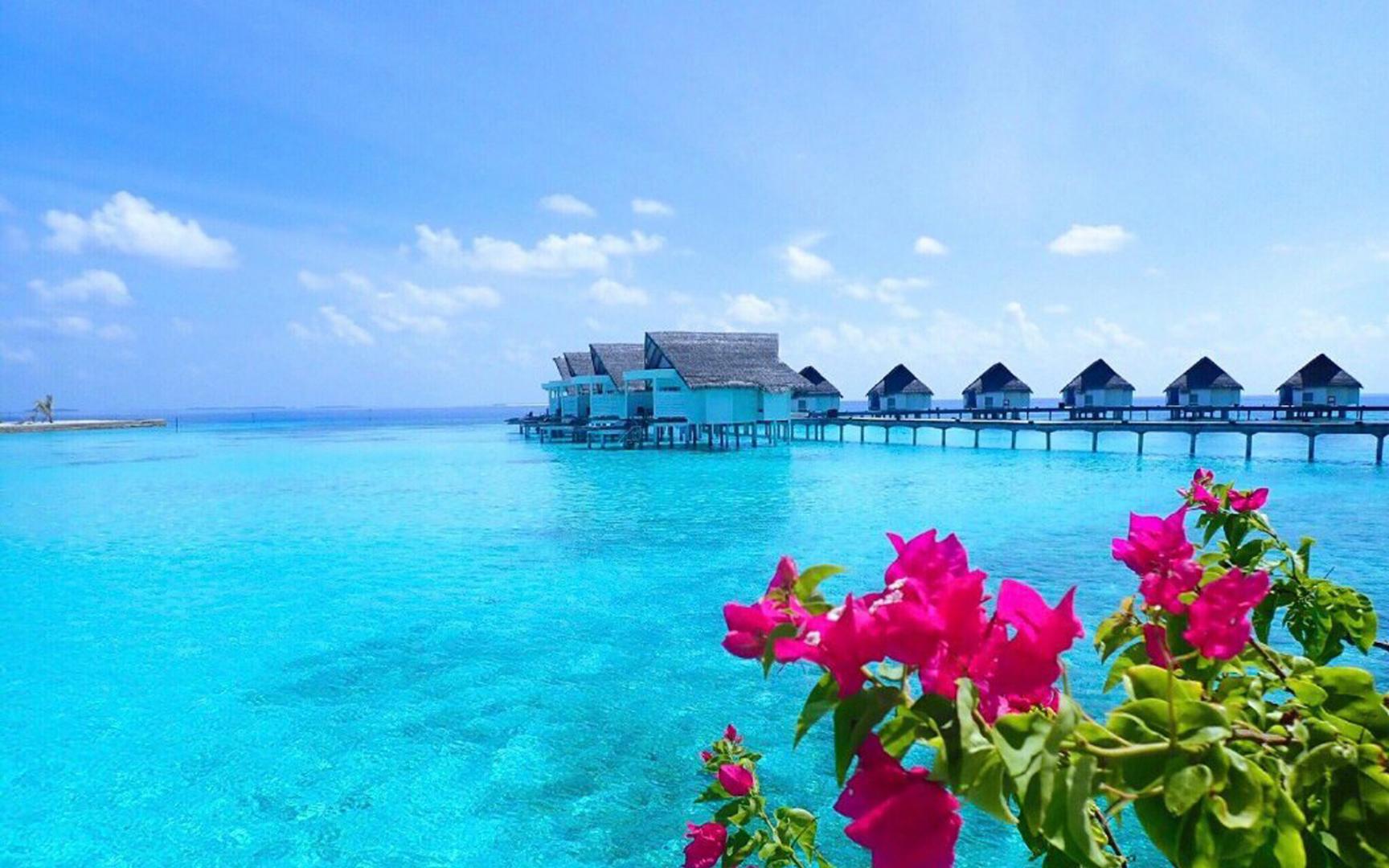

Cu Chi Tunnels: A Testament to Vietnam’s Heroic Past
History of the Cu Chi Tunnels
The Cu Chi Tunnels are more than just a unique military engineering feat; they are a symbol of the Vietnamese people’s ingenuity and unwavering spirit during wartime. Constructed and expanded during the First and Second Indochina Wars, these tunnels served as more than just a hiding place; they were the heart of military operations.
Early Stages (1946-1954)
In 1946, the people of Tan Phu Trung and Phuoc Vinh An communes in Cu Chi began digging short, simple tunnels for shelter and to store supplies and weapons. By 1954, the tunnel system had expanded to an impressive 250 kilometers, with three levels and the capacity to house hundreds of people.
Later Stages (1954-1975)
During the American War, the Cu Chi Tunnels became a crucial strategic base for the Viet Cong. The tunnel system was expanded and modernized with fortified structures, including command centers, medical stations, kitchens, and meeting rooms. The Cu Chi Tunnels played a pivotal role in the South’s victory against the US.

What to See at the Cu Chi Tunnels
The Cu Chi Tunnels are an underground defense system built by the people of Cu Chi, Ho Chi Minh City, during the First and Second Indochina Wars. The system spans over 250 kilometers and consists of three levels, capable of accommodating hundreds of people.
At the Cu Chi Tunnels, visitors can explore:
- Secret Tunnels: These were used by the Viet Cong to hide, store supplies, and conduct operations. The tunnels are deep underground, with many branches and interconnected passages, forming a complex network.
- Meeting Rooms: These were where Viet Cong commanders planned their military strategies. They were built with reinforced structures and equipped with ventilation and lighting systems.
- Medical Stations: These were used to treat wounded soldiers. They were equipped with basic medical supplies.
- Kitchens: These were where food was prepared and served to the Viet Cong.
- Command Centers: These were used by the Viet Cong to coordinate military operations.

Visitors can also explore other areas such as:
- Trap areas: These areas were filled with traps and booby traps to deter enemy attacks.
- Minefields: These areas were used to store mines and booby traps.
- Display areas: These areas showcase artifacts, photographs, and exhibits that tell the story of the Cu Chi Tunnels.
Tips for Visiting the Cu Chi Tunnels
Visiting the Cu Chi Tunnels is a memorable experience, but there are a few things to keep in mind:
- Wear comfortable clothing: The tunnels are narrow and dark, so wearing comfortable clothing is essential.
- Bring a flashlight: Some areas of the tunnels may be dark, so a flashlight is helpful.
- Be mindful of your health: If you have claustrophobia or other medical conditions, consult your doctor before visiting.
- Follow the rules: Adhere to the rules and regulations of the site.
The Cu Chi Tunnels are not just a tourist destination but a testament to the resilience and ingenuity of the Vietnamese people. A visit to this historic site offers a unique opportunity to learn about the country’s past and appreciate the sacrifices made by those who fought for freedom.

